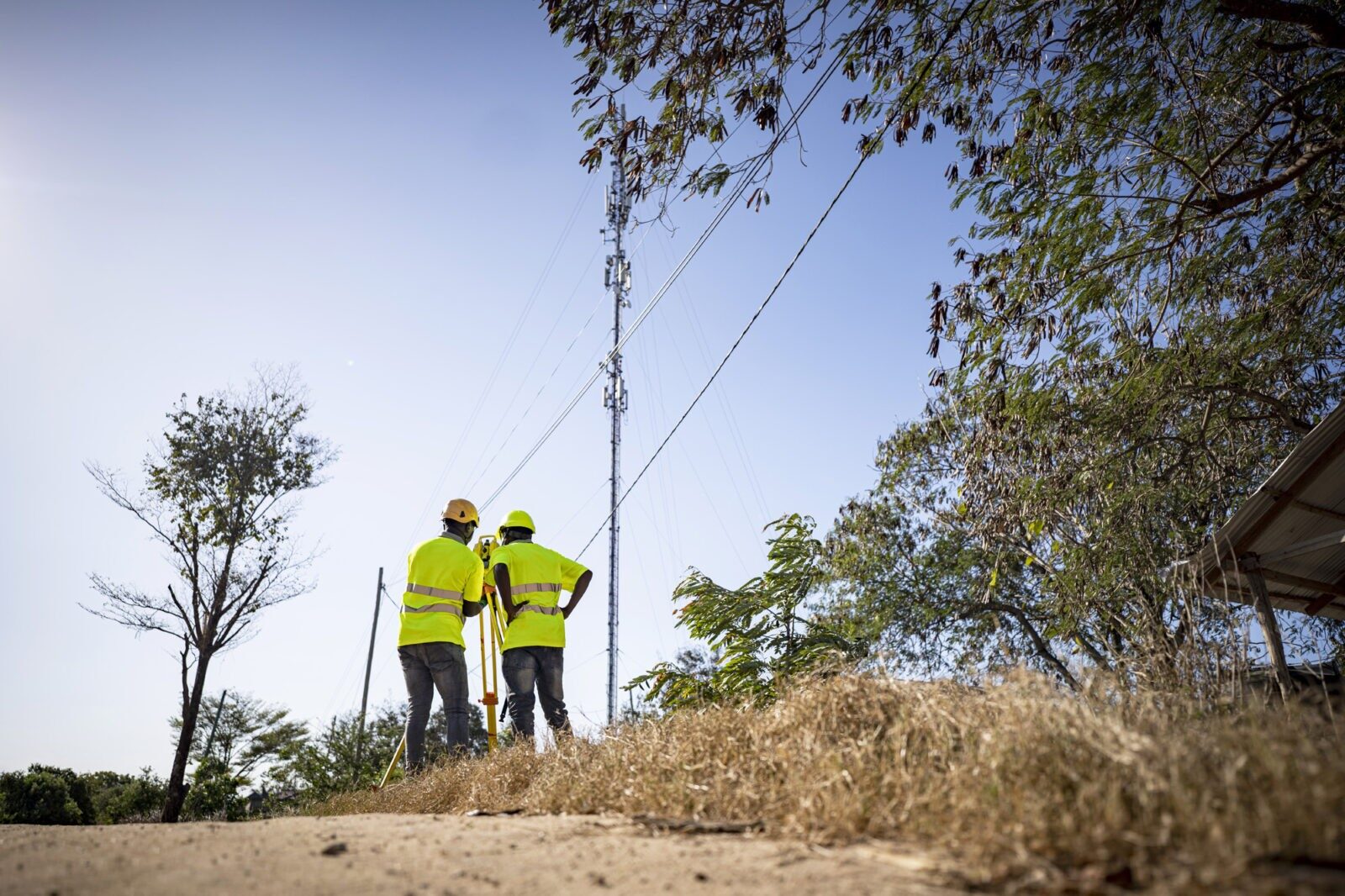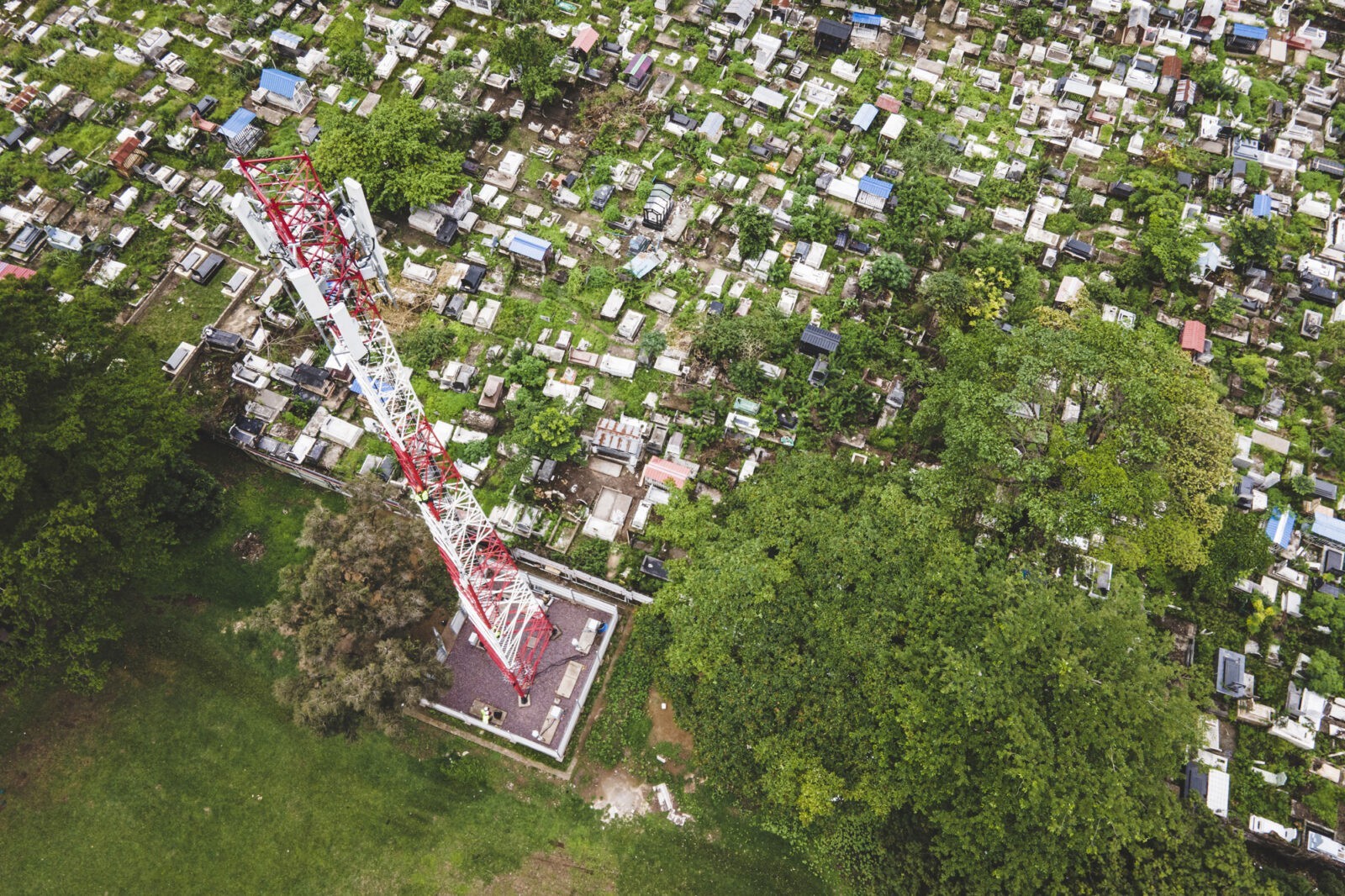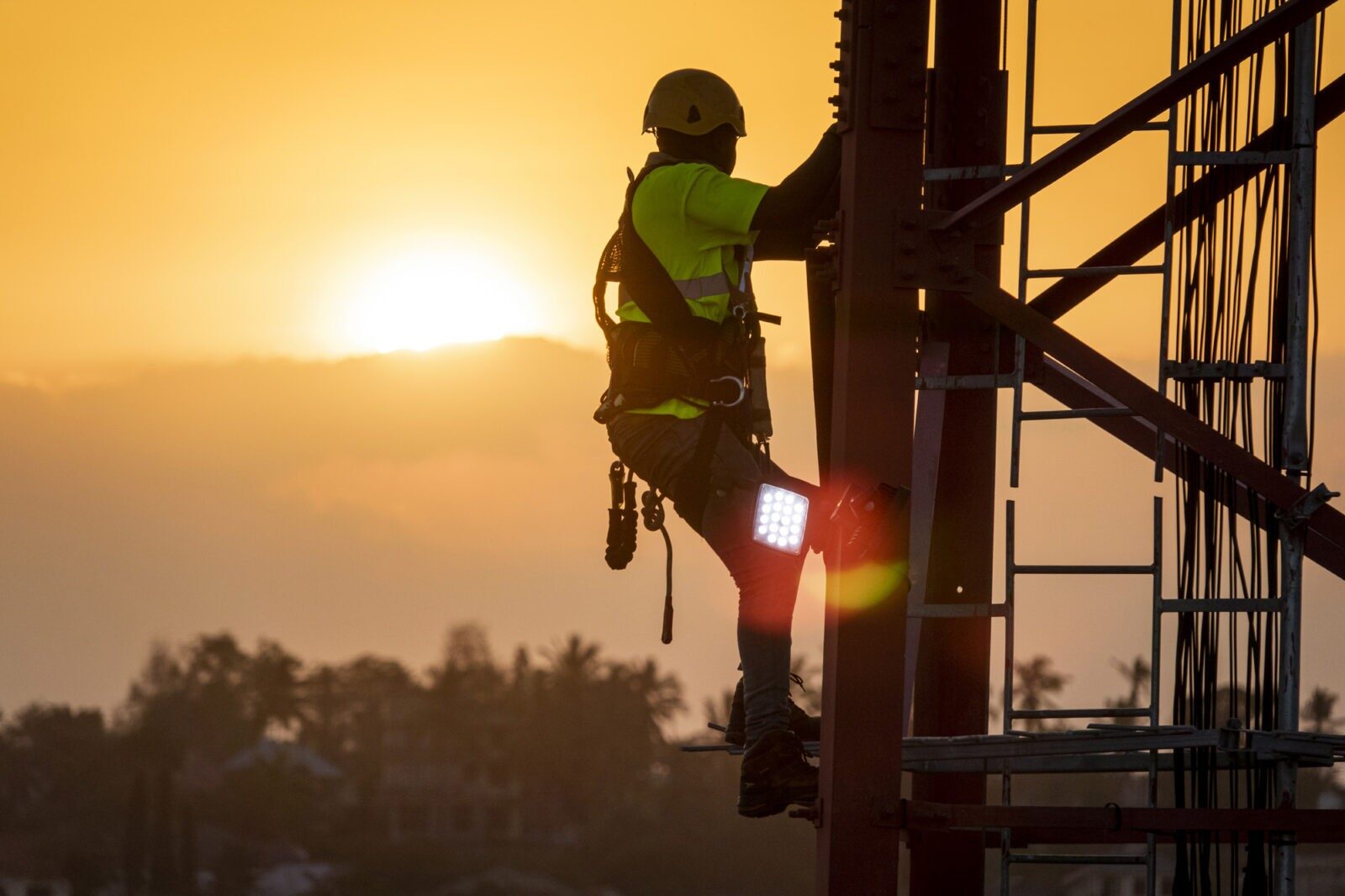To cope with the incessant growth of data demand, wireless service providers need to continuously add capacity. MNO’s will have to upgrade their existing RF Antenna Systems, swapping old legacy RF panels (single and multiband) with new wideband models able to deliver.
MIMO capabilities, or deploying additional passive panels and or active antennas. Due to the huge cost and logistical challenges of structural reinforcement or worse, structure replacement, Base Station Antenna (BSA) manufacturers soon realized that there was a concrete opportunity to exploit the challenges and shortcomings of structures designed and installed decades earlier for a far smaller number of appurtenances and started putting more emphasis in the aerodynamic performance of their products.
Advancement in the BSA products didn’t immediately translate into actionable steps to reduce the
wind loading on MNO’s towers, having to rely on the guidance provided by the applicable building
codes in force to determine the force transferred by the antennas to the structures, but highlighted
the difference between such calculated values and the ones measured from wind tunnel testing.
This white paper compares several approaches: ANSI/TIA-222-G, ANSI/TIA-222-H and wind tunnel test.

 ">
"> ">
"> ">
">